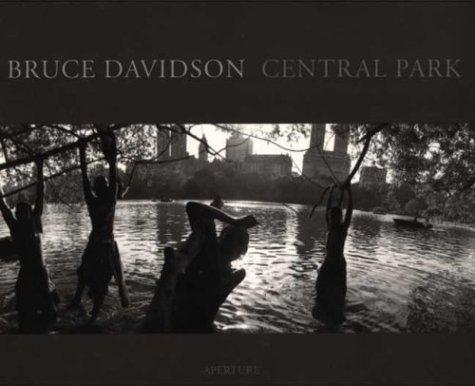Lucien Clergue-Poesie Photographique

Clergue (b. 1934) was a key figure in the mid-twentieth-century endgame argument over the artistic status of photography. Raised to have and pursue artistic inclinations, he took up photography in adolescence but had no photojournalistic or studio ambitions. He created the pictures he photographed, visually selecting and ordering materials (the objects in the photo) like a modernist artist. At age 18 he showed his work to Picasso, making a connection that would lead, eventually, to his vaulting from avocational to professional art-making photographer without benefit of newspaper or client-based work in between. Another crucial early patron was Jean Cocteau, and it is hard not to see Cocteau’s as well as Picasso’s–indeed, all of modernist art’s–strong interest in calligraphy and hieroglyphics in much of Clergue’s imagery, especially his pictures of dead animals in sand, of grasses and partial nudes in water, and of cracks; he is drawn to find and tease out the traces of «writing»–that is, the sign of intelligent notice, other than the photographer’s–in the most natural and spontaneous things. Editor Turck’s introductory essay on him here is never even slightly off the mark in its citations of what to look for in the 59 plates representing Clergue’s many projects that are the all-too-slender heart of this enrapturing book (seven portraits of friends and various informal photos of Clergue also appear).
Sin existencias
Sin existencias en este momento. Si desea información sobre el libro, por favor contacte con bookshop@ivorypress.com


